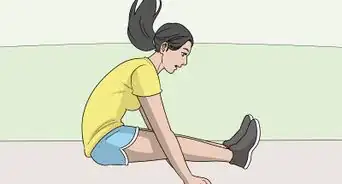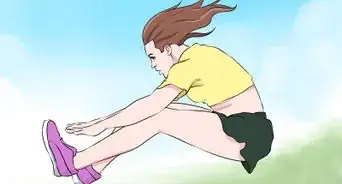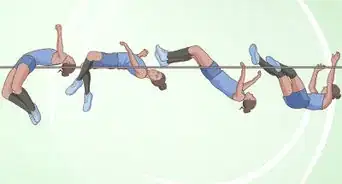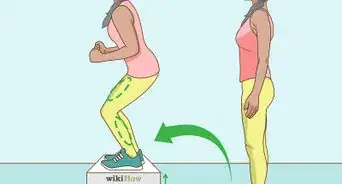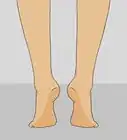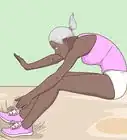This article was co-authored by Cynthia Barboza. Cynthia Barboza was a member of the USA Women's Volleyball Team for 10 years. She spent 4 years as the outside hitter for Stanford University and played professionally in Japan, Russia, and Italy.
This article has been viewed 1,983,901 times.
Frogs, cats, kangaroos, rabbits—they can all jump really high (relative to their body size), while us humans got the short end of the evolution stick. There is still hope though! How high you can jump isn’t fixed for life. You can actually increase how high you jump with practice. We’ll walk you through different jumping drills and leg-strengthening exercises you can do that will help you start jumping higher and higher.
Steps
Practicing Double Leg Jumps
-
1Position your foot. Stand with your feet shoulder-width apart. Your feet should be planted immediately before your jump.[1] Keep the rest of your body relaxed.
- Be careful that your knees don't point inwards in a "knock knee" or Valgus position. They should be positioned over the second toe.
-
2Pay attention to your arms. Let your arms hang loosely at your sides while you crouch into the half-squat. They'll provide a lot of momentum when you jump, so don't keep them in front of you or above you before you jump.Advertisement
-
3Visualize your jumps. You don't need to spend lots of time meditating on your jumps before doing them, but it helps to visualize the steps you'll take. Visualize the push-off and see yourself leaping in the air toward (or over) your target. You'll be focused on the series of steps and tasks you're about to complete, ensuring a successful jump.
-
4Spring upward into a jump. As soon as you've crouched into a half-squat, immediately spring up into a high jump. Push off from the balls of your feet. Extend your hips, knees, and ankles as far and as quickly as you can.[2]
-
5Swing your arms while you jump. Gradually bring your arms behind your back while keeping them at your sides. When you start to jump up, powerfully swing your arms forward and up into the air. This should help propel you up and provide momentum.[3]
- Exhale when you're doing the motion, like when you lift weights.
-
6Control your landing. Land on the balls of your feet rather than on your toes. Make sure to land with your knees bent and slightly aligned forward. Both of your legs should equally accept the weight of your landing. This will absorb the shock of hitting the ground and prevent knee injury.
Practicing Single Leg Jumps
-
1Position your feet. Stand with your feet shoulder-width apart.[4] Bend one leg at the knee and bring it behind you. Keep the rest of your body relaxed.
-
2Bend forward slightly. Slowly crouch into a half-squat position on the one foot that is planted. Do this while your torso gradually bends forward. Flex your hips at 30 degrees. Your knees should be bent at 60 degrees and your ankle should be flexed at 25 degrees. This will generate the most power without injuring your knees.
-
3Pay attention to your arms. Let your arms hang loosely at your sides while you crouch into the half-squat. They'll provide a lot of momentum when you jump, so don't keep them in front of you or above you before you jump.
-
4Visualize your jumps. You don't need to spend lots of time meditating on your jumps before doing them, but it helps to visualize the steps you'll take. Visualize the push-off and see yourself leaping in the air toward (or over) your target. You'll be focused on the series of steps and tasks you're about to complete, ensuring a successful jump.
-
5Spring upward into a jump. As soon as you've crouched forward, immediately spring up into a high jump. Push off from the ball of your foot. Extend your hips, knees, and ankles as far and as quickly as you can.[5]
-
6Swing your arms while you jump. Swiftly bring your arms behind your back. When you start to jump up, powerfully swing your arms forward and up into the air. This should help propel you up and provide momentum.[6]
-
7Control your landing. Land on the balls of your feet rather than on your toes. Make sure to land with your knees bent and slightly aligned forward. Both of your legs should equally accept the weight of your landing. This will absorb the shock of hitting the ground and prevent knee injury.
Building Leg Strength
-
1Do squats. To do a squat, simply stand with your back straight, against a wall if you'd like. Your knees should be shoulder-width apart and your legs should be about 18 inches (46 cm) in front of you. Slowly squat by sitting down till you are level with your knees.
- These exercises develop the hamstrings, glutes, and quads which are the key drivers to helping you jump higher. If you feel pain at any time, stop the exercise.
-
2Work out your calves by doing calf raises. Build strength in these muscles by gripping a raised surface with your toes and using your calf muscles to do short dips. You can try doing calf raises with one leg at a time, both legs, or even from a seated position.
- The calves are another important muscle group in improving your jumping. Try holding some weight while you do this to increase the resistance and build strength.
-
3Improve your flexibility by stretching. Stretch your hamstrings and buttocks by laying on your back with one leg crossed over the other at the knee. Pull the lower leg toward you firmly and steadily. This should stretch the hamstring of the crossed leg. For another exercise, touch your toes while seated, standing, with your legs spread, and with your legs crossed.
- If you're not flexible you'll develop an imbalance of strength. This could limit your ability to jump.[7]
-
4Continue practicing jumps and squats. Jumps, hops, and lunges are known as plyometrics. Plyometrics are high intensity movements which increase your heart rate quickly. Endurance training can actually improve your quick twitch muscle fibers, making jumping more powerful.
- For a maximum exercise, try holding about one-third of the weight that you normally lift. Jump explosively and repeat it as many times as you can.
Community Q&A
-
QuestionHow do I jump higher in a long jump?
 Community AnswerWhat you need to help you jump higher in the long jump is speed. When you do your long jump, start off slowly by jogging and then as you get closer to the jump start running faster. This helps give you a longer jump. If you don't start running faster or start too fast and get slower, you'll end up not jumping far at all.
Community AnswerWhat you need to help you jump higher in the long jump is speed. When you do your long jump, start off slowly by jogging and then as you get closer to the jump start running faster. This helps give you a longer jump. If you don't start running faster or start too fast and get slower, you'll end up not jumping far at all. -
QuestionI'm very short, but I can run fast. How do I jump high enough so that I don't fall or knock over the hurdle?
 Community AnswerContinue practicing jumps and squats. Being short is an advantage -- most short people can jump higher because their muscles are more compact. If you're running hurdles that means you have to give priority to one-leg jump exercises.
Community AnswerContinue practicing jumps and squats. Being short is an advantage -- most short people can jump higher because their muscles are more compact. If you're running hurdles that means you have to give priority to one-leg jump exercises. -
QuestionHow can I do high jumps in basketball?
 Community AnswerTake longs strides and don't stutter step. Use the balls of your feet and try to bring that power into a vertical leap.
Community AnswerTake longs strides and don't stutter step. Use the balls of your feet and try to bring that power into a vertical leap.
Warnings
- Be wary of advertised “jump programs.” Do your research before buying anything.⧼thumbs_response⧽
- If you have a history of knee problems, consult your physician before starting any leg or jump training program.⧼thumbs_response⧽
- Don't overdo workouts. Overtraining can result in injury, muscle loss, sleep problems, and sluggishness.[8]⧼thumbs_response⧽
- To get extra height, practice your pre-jump steps to develop energy. This will generate additional upward momentum. Practice your timing, too, and keep your body coordinated and aligned.[9]⧼thumbs_response⧽
References
- ↑ http://www.in.gov/ilea/2340.htm
- ↑ http://myweb.wwu.edu/~chalmers/PDFs/Form%20and%20safety%20in%20plyometric%20training.pdf
- ↑ http://www.in.gov/ilea/2340.htm
- ↑ http://www.in.gov/ilea/2340.htm
- ↑ http://myweb.wwu.edu/~chalmers/PDFs/Form%20and%20safety%20in%20plyometric%20training.pdf
- ↑ http://www.in.gov/ilea/2340.htm
- ↑ FAQ.org on vertical jumping
- ↑ http://timesofindia.indiatimes.com/negative-effects-of-overtraining/articleshow/19592983.cms
- ↑ http://www.faqs.org/sports-science/Us-Z-and-bibliography/Vertical-Jump.html
- Videos provided by ILoveBasketballTV
About This Article
To jump higher, build your leg strength through exercises such as squats and calf raises. Additionally, work on your flexibility by touching your toes, which, depending on your level of flexibility, you can do from a seated or standing position. When preparing to jump, keep your feet shoulder-width apart for a solid foundation. As you begin to lower your body, bring your arms back behind you, then let them swing forward and up as you push through your feet and launch yourself up. The added momentum of your arms will help lift your body higher. To learn more from our Professional Volleyball Player co-author, like how to strengthen 1- and 2-legged jumps, keep reading!
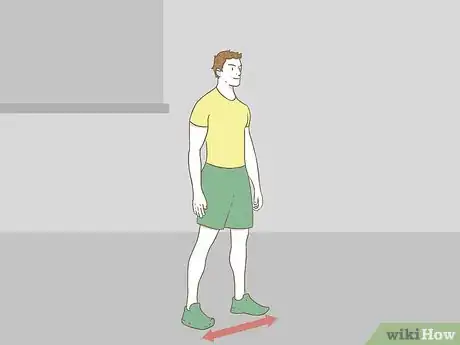
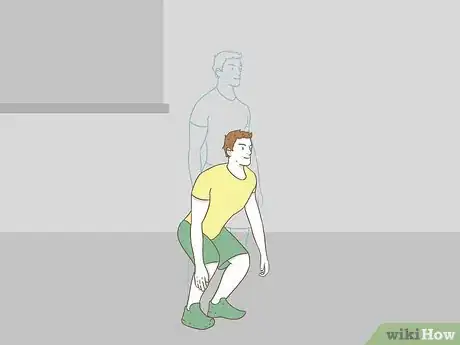
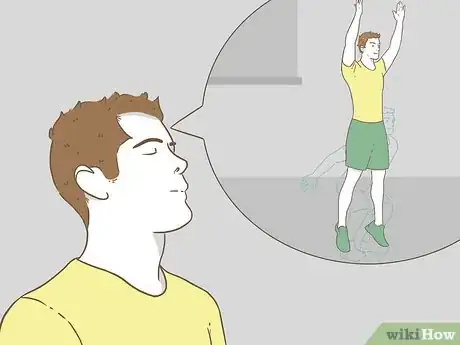

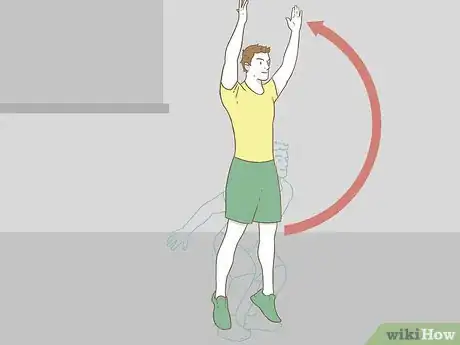
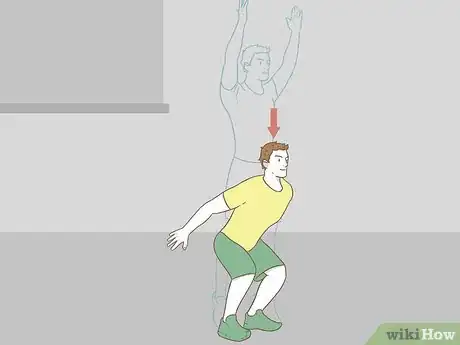
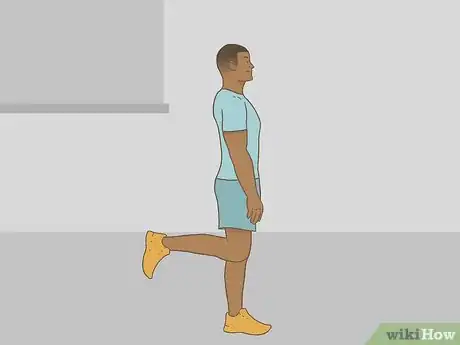
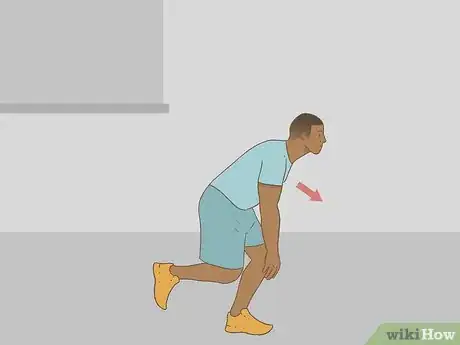
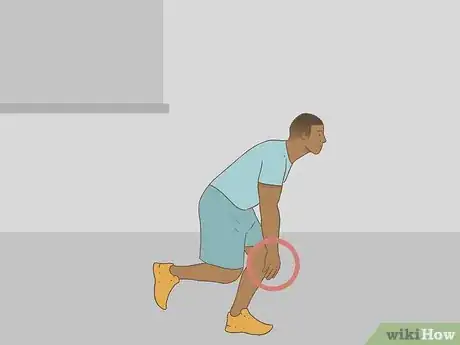
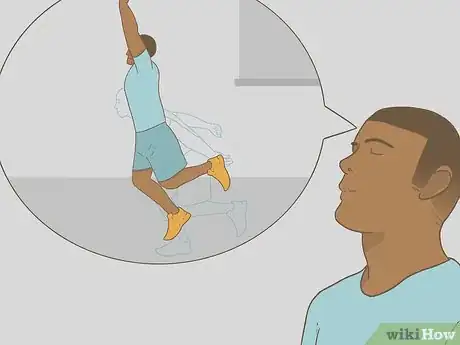


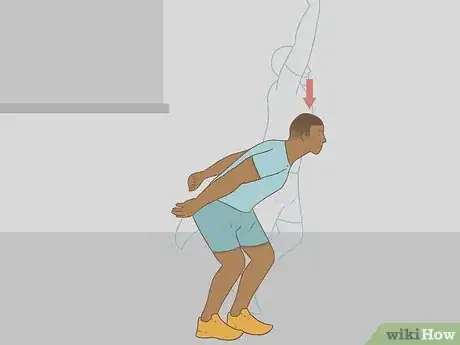
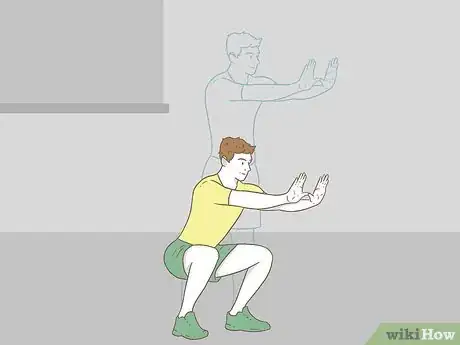
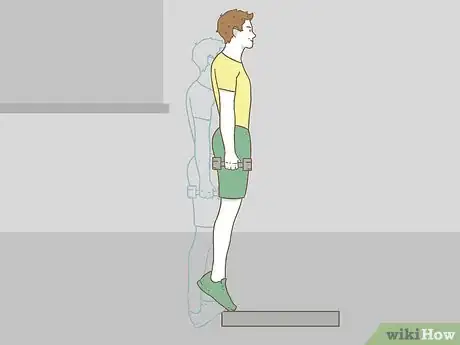
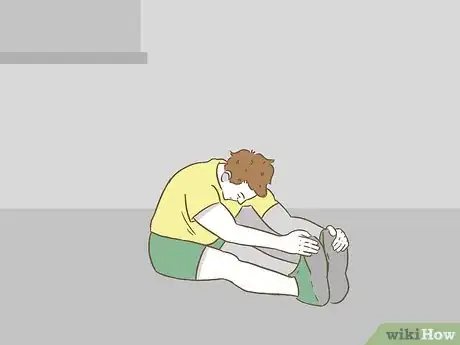
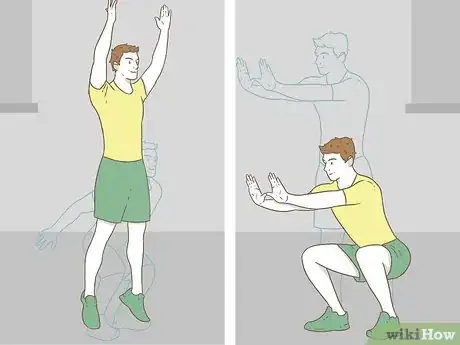
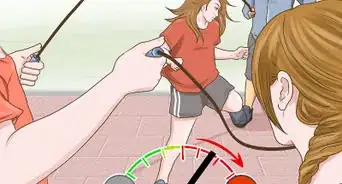

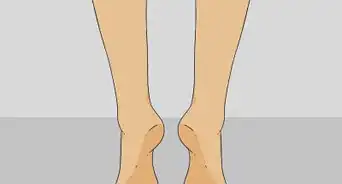
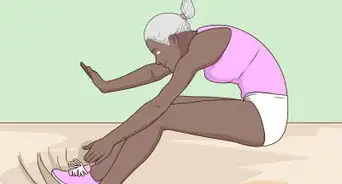
-Step-15-Version-2.webp)


